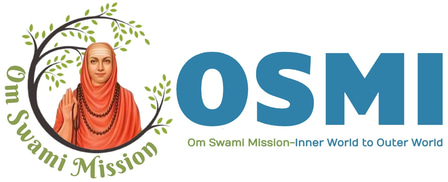Incorporating stretching exercises can significantly enrich your meditation practice.
Stretching exercises play a crucial role in enhancing the flexibility of your muscles and tissues. Engaging in these exercises is essential prior to settling down for an effective meditation session.


Stretching exercises are essential for improving the flexibility of your muscles and tissues. Before diving into a deep meditation, it's important to engage in these movements. A key principle to keep in mind is that when you rotate your hands in one direction, you should also rotate them in the opposite direction. The same goes for your neck: if you turn your head to the right, make sure to also turn it to the left. Connecting these movements with your breath will enhance their effectiveness. For example, as you turn your head to the right, take a slow, deep breath in. When you return to a neutral position, exhale gently, ensuring that by the time your head is straight, your lungs are completely emptied. This process works because your lungs expand when you turn to the side and contract when you realign. This expansion is beneficial for taking in more air, while the contraction helps clear out stale air. By understanding this basic relationship between stretching and breathing, you can develop exercises that suit your personal needs instead of strictly following yoga routines. This approach helps you identify areas of congestion or tension in your body more easily. Once you finish your exercises, it’s important to lie flat on your back with your arms and legs extended. This relaxation step is crucial in distributing your energy evenly across your body.
Let’s dive into some essential movements to prepare your body for meditation. Start by standing tall with confidence. Inhale deeply as you turn your neck to the left, then exhale as you guide it back to a neutral position. Keep your neck movements and breath in sync. Now, take a deep breath in and turn your neck to the right, exhaling back to center afterward. Stand tall once again, and as you inhale, gently lean your head back while maintaining your balance. Exhale as you lower your head toward your chest. Be mindful to avoid any pressure that might lead to cracking sounds in your neck, which we want to steer clear of. Next, rotate your arms alongside your body, first moving counterclockwise, then clockwise. Start with your left arm, then follow with your right. As you inhale, extend your arms out to the sides, and as you exhale, bring them back in. Stand tall again and lift your arms in front of you at a 45-degree angle with your palms open. Position your feet about a foot apart, with your heels slightly closer and toes spread apart. Twist your torso to the left as far as possible without straining your neck. You should feel a nice stretch that travels from your ankles upward. Extend your left hand’s palm as far as your eyes can gaze, while your right arm bends at the elbow towards your left armpit. Inhale as you settle into this position. Exhale as you return to the starting position. Next, pivot to your right and return to your upright stance. Stand tall, this time with your heels about two feet apart and toes spread wide. Raise your arms above your head. Lean to your left, letting your left hand touch your left thigh while arching your right hand overhead. Return to the beginning posture, then practice the same movement on your right side. Inhale as you lower your left hand and exhale as you raise it back overhead. For a bit of a challenge, include some sit-up exercises, alternating between sitting and standing with your feet flat on the ground. We’ll explore more exercises in the upcoming post. Remember, these movements are crafted to enhance the flow of prana and clear any energy blockages.
